Zero waste intentions are bound to fail unless they become habits. Here are 42 zero waste habits for green living that will save you money — for the win.
We all have good intentions, but many zero waste, living green goals are bound to fail unless they become habits. Very often I go to the grocery store and come home with having bought new reusable bags, or using a cardboard box, while I have a dozen cloth bags hanging on a hook right inside the back door, on the way to the carport.
You see, I forgot to take them to the store with me. Have you done that, too? Don’t beat yourself up about it. It takes time to develop sustainable habits. Though the lack of plastic bags in our stores now, in 2024, does help matters. Though, I do miss the small plastic bags for picking up trash alongside the road, and collecting other people’s bottles and can refundables that were littered along my walking routes.
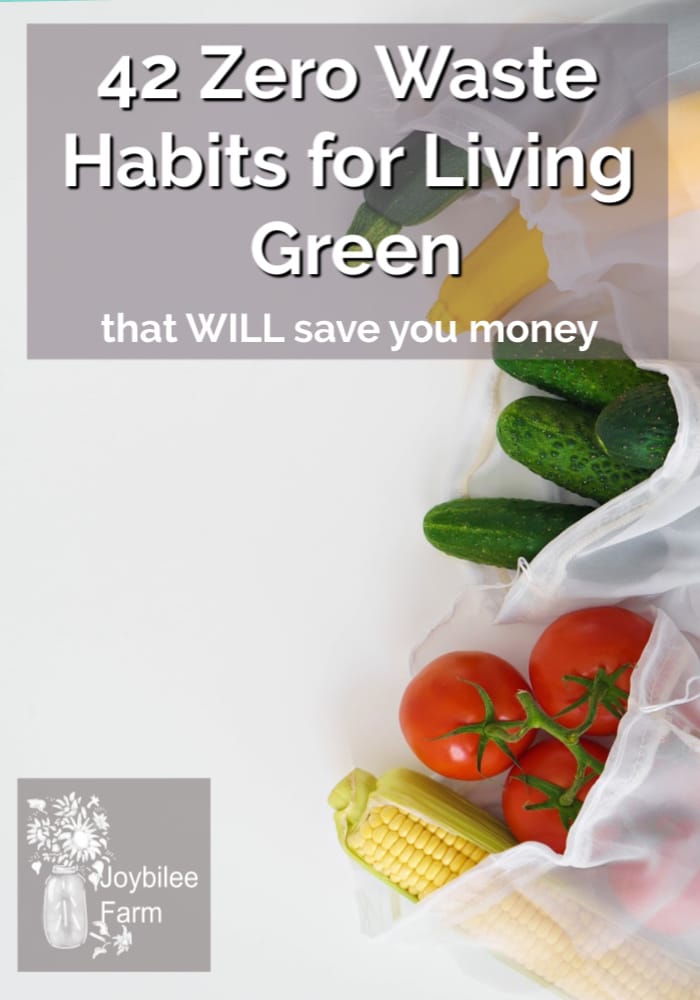
Develop Zero Waste Habits
As we develop the new habits to match our living green intentions we’ll find success. Instead of trying to remember to take my cloth bags into the store, I’m growing a habit of returning the cloth bags to the car, after each shopping trip. This way, if I forget to take them into the store, I only have to go back to the car to get them.
Of course, the goal is to live a zero waste, sustainable, living green, and self-sufficient lifestyle. But you can’t get there by genie blinking. You must form new zero waste habits to create a zero waste lifestyle. And the best way to form new habits is to pick just one behaviour and focus on it intentionally until it becomes a habit. Then pick another one and focus on that one until it is a new zero waste habit.
Before you know it you’ll have made some big living green lifestyle changes, one habit at a time.
Here are 42 zero-waste habits to help you live sustainably. And the bonus – you’ll save money as you make each of these a habit in your living green, self-sufficient life. Why 42? Well, because it’s the answer to life, the universe, and everything. Google it, if you doubt me.
Zero waste shopping
1. Take cloth bags to the store and say no to plastic shopping bags.
2. Take smaller cloth bags to the grocery store for produce, too. You can make them out of thrift shop sheer curtains. Sheer cloth bags allow fresh produce to breathe and keep your purchase visible at the till.
3. Use even smaller cloth bags for the bulk food bins, too. Just fill them and close them with a twist tie, just as you would the plastic bags near the bulk bins. Write the bin code on the twist tie as you normally would. You can weigh them before you fill them and the person at the till will subtract the weight from your purchase price.
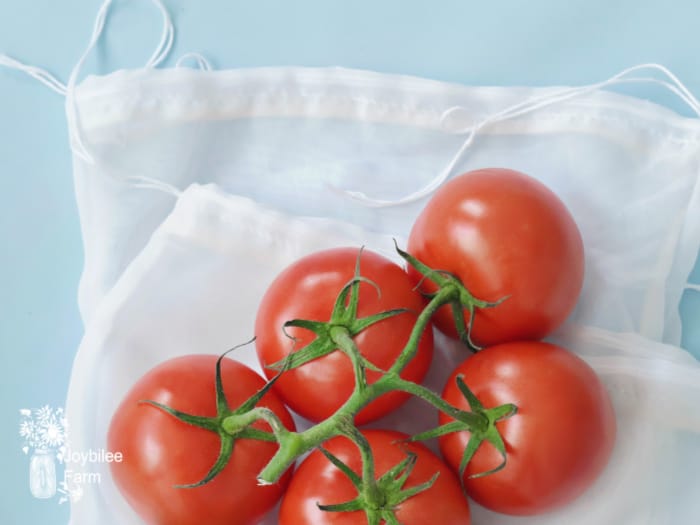
4. Buy your rice, quinoa, beans, and grains in the bulk food bins or large 25# paper bags, and store them in metal bins and glass jars at home. Skip the boxes and plastic bags.
5. Buy fresh local produce from a farm or the farmer’s market. You’ll be able to buy it without plastic, and it will be fresh and in season. That makes it healthier and since it won’t have travelled as far as the produce at the grocery store, it should last longer, too. Remember to take a shopping basket or shopping bags with you to the market.
6. Buy your eggs from a local farmer or get your own laying hens. The eggs get stored in egg cartons but you’ll get to reuse the cartons week after week, instead of tossing the cartons and getting a new one each week.
Your zero-waste kitchen
7. Use unpaper towels or cloth towels and reduce your paper towel use.
8. Use linen napkins instead of paper napkins or paper towels at the dinner table.
9. Bake your own bread at home and you’ll save money, control the ingredients, and you won’t need the plastic bag that bread comes in. Instead, store it in a bread bin like grandma used to do.
10. Use a linen bread bag instead of a plastic or paper bag to keep your homemade bread fresh longer.
11. Store your leftovers in glass Mason jars instead of plastic bins or plastic bags.
12. Bake cookies, cakes, and muffins at home, from scratch, and store them in a reusable tin, and you’ll have healthier baked goods and less packaging.
13. Make your own ice cream and popsicles at home for those hot summer days, using real fruit, and raw milk and eggs and you’ll have a healthier snack and you’ll eliminate the packaging from the commercial product.
14. Can your own tomatoes, vegetables, and fruit instead of buying your fruit and vegetables frozen or in cans, You’ll buy it at the peak of the season when prices are lower. You’ll control the end product and save on packaging. See Food preservation – summer’s bounty for winter’s scarcity
15. Make ketchup, mustard, barbecue sauce, and hot sauce at home, from scratch. Store it in glass jars and glass bottles, instead of buying the kind in plastic bottles at the store.
16. Make your own salad dressing at home, fresh as you need it. It only takes a few minutes, and you can avoid GMO oils like soy oil and canola oil, and you can vary the spices and flavour to keep the salad bright and fresh tasting. You’ll save money and break the salad boredom.
17. Skip the organic spring green salad mix in its plastic clamshell and grow mesclun mix at home. You can have a fresh salad growing and ready to harvest in about 40 days, and you can cut it up to 4 times before you’ll have to dig it out and replant. Your salad will be fresher tasting, with more vitamins and minerals than the store-bought kind that had to travel by truck to get to you.
18. Make waxed cloth wraps to use instead of plastic wrap or waxed paper for food storage. Use a combination of jojoba oil, beeswax, and a bit of pine resin for the most flexible cloth wraps. These beeswax wraps are simple and easy to make.
19. Buy tea in bulk instead of getting tea bags, many of which are made of polymers, and use a reusable tea ball or a teapot with an integrated tea strainer. Bulk tea is less expensive than individual tea bags. Bulk tea is often better quality tea, too. The average box of 20 tea bags costs $3+ and contains only 20 grams of tea or a whopping $70 per lb. And it’s not even organic. A full pound of quality organic tea from Mountain Rose Herbs, my favourite source for organic bulk tea, is only $20. (I used peppermint tea for this comparison.) Or better yet, grow your own herbs and dry them for tea. If you prefer black tea learn how to ferment your own tea from tannin-rich herbs like fireweed and raspberry leaf for an even smaller footprint. Make bedtime tea as a natural sleep aid. It’s not rocket science or alchemy. If you have a garden you have a source of tea.
20. Use a food dehydrator and dry leftovers and the smaller bits of vegetables and fruit before they go bad in your fridge. Dried vegetables can be used in soup stock and gravies to add flavour and nutrition. Dried grains like rice and quinoa make instant soup mixes for quick lunches. Celery that’s going limp, the last few leaves from cabbage or lettuce can all be dried for use in soup and stock. Dried fruit is a good addition to homemade yogurt, muffins, or cookies. This way you won’t throw them out and you won’t need to buy instant packaged mixes at the grocery store for those times when you need a lunch to go, in a hurry. Hint: when you fully cook rice and then dehydrate it you make instant rice, which will reconstitute just by adding boiling water.
Zero waste personal hygiene
21. Make your own deodorant, toothpaste, moisturizer, beard balm, and shaving soap. Store each one in a small glass jar instead of buying these products, in their plastic containers at the store.
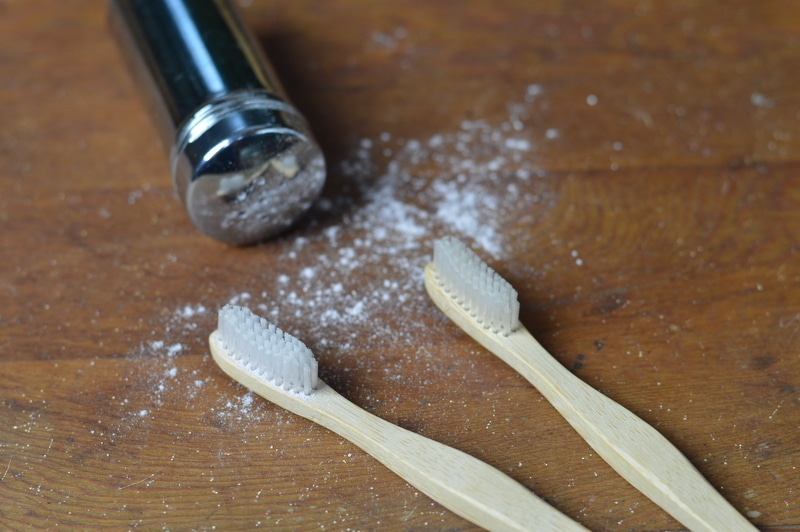
22. Buy a wooden toothbrush with BPA-free bristles instead of a plastic toothbrush. This one might cost a little more but you won’t be ingesting plastic bits and chemical dyes as you brush your teeth. Bonus: the toothbrushes with charcoal bristles whiten your teeth, too.
23. Make your own herbal supplements and herbal vitamins using real food and skip the chemical vitamins and OTC drugs in their plastic bottles.
24. Use a menstrual cup instead of paper tampons for feminine hygiene. You’ll experience less cramping, reduce your toxic exposure to dioxins, and have a healthier cycle. And you won’t have to forgo swimming and sports activities during your monthly period.
25. Use washable cloth pads instead of disposable sanitary napkins for your monthly cycle. You’ll experience less cramping and reduce your toxic exposure to dioxins. When we switched to cloth pads from the commercial disposable pads, we also had a reduction in heavy menstrual periods and less cramping. The improvement was immediate.
Cloth pads breathe so you’ll also reduce your body odour during your period. While cloth pads may seem expensive initially, you’ll need about 10, including 3 overnight pads, to get started, they will pay for themselves in the first year of use. If you combine cloth pads and a silicone menstrual cup you won’t need as many cloth pads to get through a cycle. And you can even make your own from cotton flannel using a disposable sanitary pad as a pattern. Remember to add a seam allowance.
26. Use cotton handkerchiefs instead of paper tissues. They are softer on your nose and washable.
In your home
27. Switch to e-bills for your utility bills and bank statements but remember to save them to a thumb drive so you don’t misplace them. Often you’ll save in fees, and you won’t have to print them at home if you save them to a thumb drive. Keep two copies one on your computer and one on the thumb drive so you’ll have a backup if your computer malfunctions.
28. Use your worn-out clothing to make dusting rags, and cleaning cloths. You avoid using paper towels and you’ll add another level of usefulness to worn-out clothing.
29. For greasy or noxious messes, use cloth scraps from your worn clothing that are not good enough to reuse for other purposes. Keep a basket of clean but worn clothing pieces that can be tossed into the compost when they’ve done their job degreasing bacon or cleaning up cat vomit, for instance. Cotton and other plant fibres are best for this use. Polyesters and other man made fibres, like plastic, will not break down in the compost, nor will they be absorbent enough for the gross jobs.
30. Make your own laundry detergent, washing soda, and nonchlorine bleach and save money and packaging trash.
In your closet
31. Buy your clothing and household textiles at thrift stores, second-hand stores, or antique shops. You’ll find quality products that will express your unique style and taste, and you’ll be preventing textiles from going to the landfill.
32. Steam press your woollen suits and jackets instead of dry cleaning them. You’ll reduce the toxic chemicals going into your clothes, and into the water table. You won’t be bringing home clingy plastic, and your clothes will be just as fresh and clean. Spot clean your garment though before you steam press it so that you don’t set the dirt permanently.
Babies and Children
33. Practice elimination communication from birth and get rid of disposable diapers, while you reduce your need for cloth diapers.
34. If that sounds like too much work, use cloth diapers and wool soaker pants instead of disposable diapers.
Zero waste lunch to go
34. Take your lunch with you and package it in glass jars or bento boxes instead of single-use plastic or Mylar bags.
35. Take your glass, reusable coffee cup with you to the coffee shop and get a refill instead of a takeout cup. Cups like the KeepCup and Joco Cup match the usual coffee shop sizes so your take out coffee is perfect every time. No more litter to carry with you.
36. Use a cotton or linen table cloth on the picnic table instead of paper or plastic table cloths. Weight it down with table clips or rocks tied with string on the corners. The cloth table cloth is easier to clean and you can pick one up at a thrift shop for a few bucks.
37. Use a refillable copper water bottle and always take it with you when you leave home. You won’t be tempted to buy a soda or bottled water when you are out, and you’ll save money, too. Plus in the summertime pure copper actively keeps water clean of microbes.
38. Don’t buy individually wrapped snack foods, protein bars, and breakfast bars. Instead, make them from scratch at home where you control the ingredients, and store them in a reusable tin. Packaged them individually using reusable beeswax cloth wraps, glass jars, or bento boxes on the day you need to serve them for lunch or breakfast.
Zero waste leisure
40. Read your local newspaper online and skip buying the print version. You’ll reduce the wasted newsprint, and get your news earlier.
41. Make your own wine or mead and bottle it in refillable wine bottles and you won’t be tempted to buy wine at the store. Use a wine kit with real fruit for an exceptional bottle of wine, or make your own wine with fruit from your homestead.
42. Instead of paper or mylar gift wrap or reusable paper gift bags, that eventually wear out and get tossed, wrap your gifts in a cloth napkin, a cotton tea towel, or piece of fabric using Furoshiki gift wrapping techniques. Your recipient will be delighted. Brightly coloured napkins, tea towels, and fabric remnants suitable for gift wrap can be found inexpensively at garage sales and thrift stores. Find more zero-waste gift wrap ideas here.
There’s the answer to creating zero waste habits to help you triumph at living green. Don’t try to do them all at once. Pick one thing and make it a habit. Then pick another and make that one a habit. One habit at a time is how we change the world.
Your turn:
How are you doing so far with your zero waste habits? What is the easiest habit you’ve adopted, the hardest? I’ve got a ways to go. But yes, my cloth shopping bags are in the car. Are yours?
More Zero Waste Articles from Joybilee Farm:
20 Ways to Make 2020 Your Zero Waste Lifestyle Year
25+ Easy Swaps for Your Zero Waste Kitchen
The Zero Waste Home: One Step at a Time
Debt Free Living: 50 Strategies to Save Money and Get Out of Debt



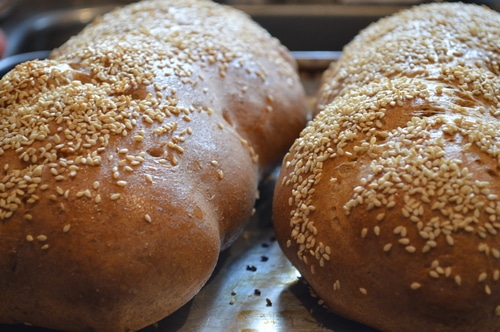

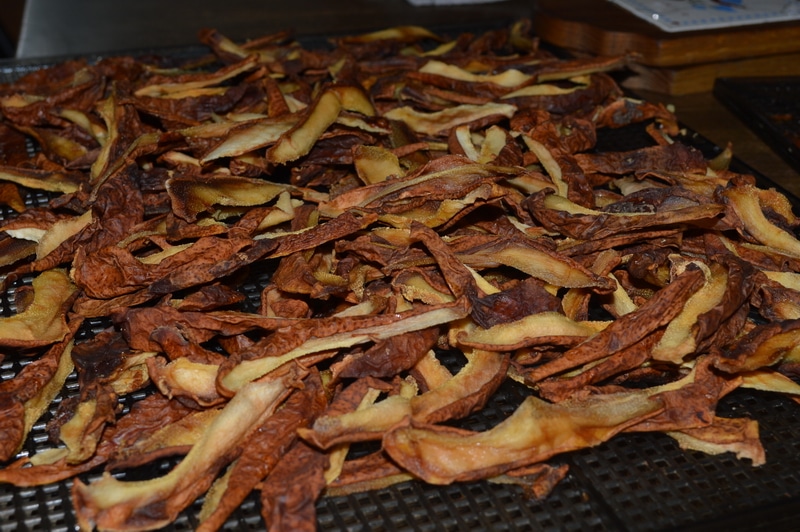
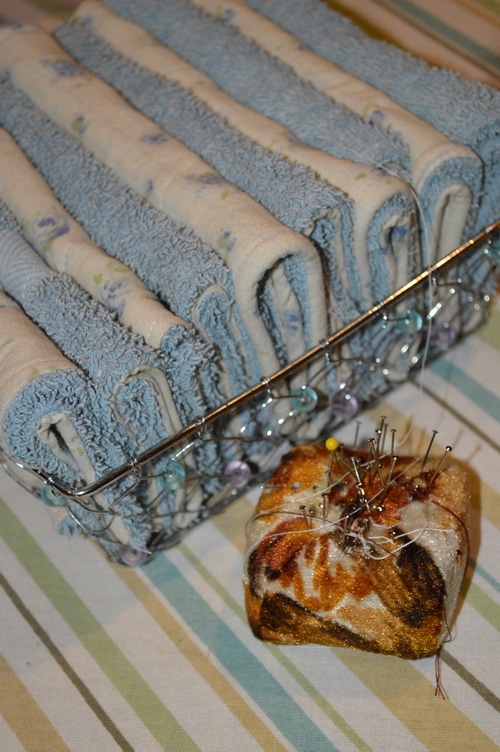
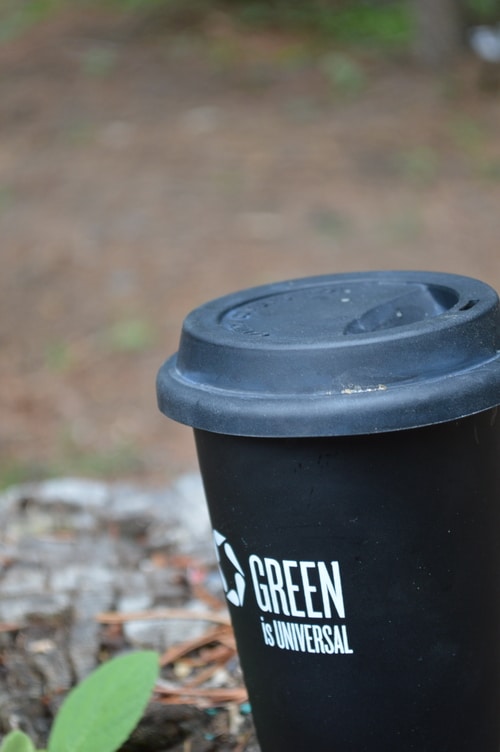
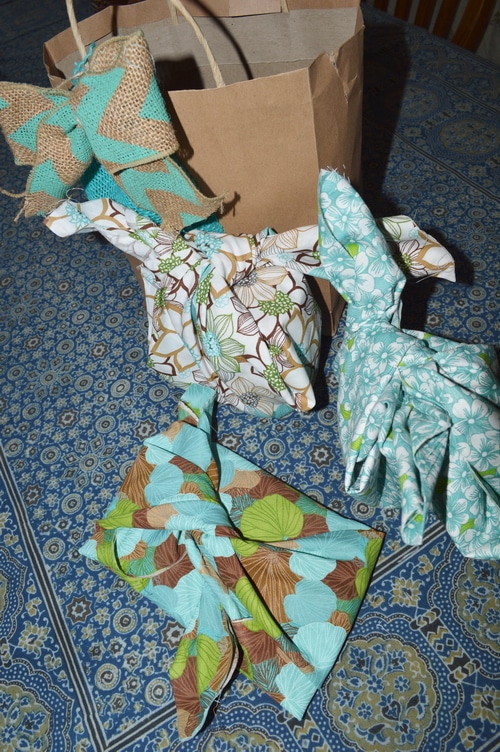
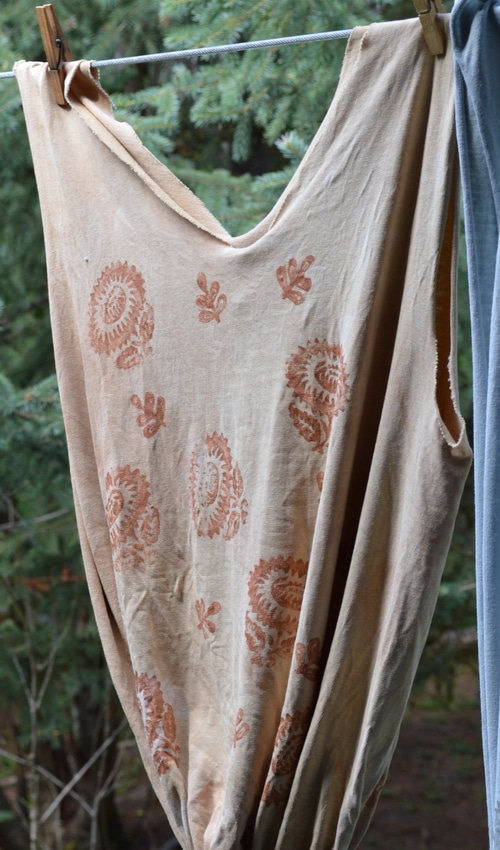
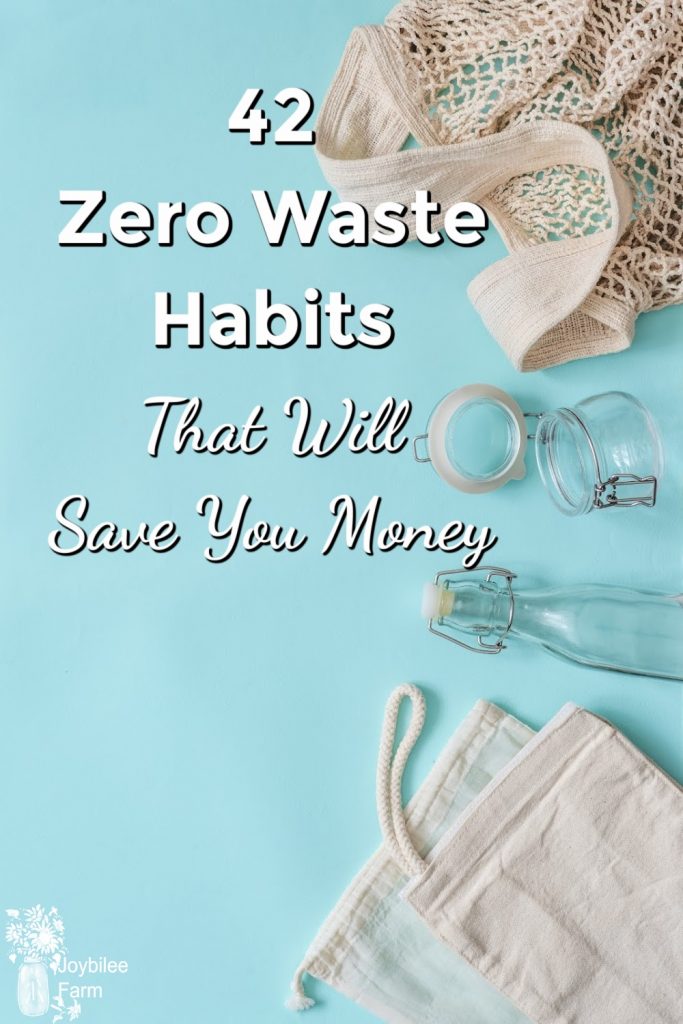

We started with cloth wipes for the babies and just kept going. The cloth is used by us all now and we just have toilet roll for guests.
In our area we are able to put any grease, be it bacon, oil or fat into our compost bin.
Hannahpads are great too.
I definitely want to get to a zero-waste lifestyle at some point, but I’m starting with going plastic free. I though I was pretty green, but with research, I have found out that a lot of things have plastic in it, and I didn’t even know (LIKE TEA BAGS???) It’s crazy. I love thrifting for my clothes, so I have started to thrift for other things, like soap dishes, rather than buying it on Amazon. Considering cancelling my Amazon Prime account. Thanks for the great post, if you have some time, consider looking at my blog! sunshinelanding.com … I write about travel and vegan food, and I am getting into learning how to be more green.
I also use Thinx (https://www.shethinx.com/), and the heavier days ones hold so much more than I thought – I’m good to go overnight. For super heavy days, try a cloth pad over these! You won’t have to worry about leakage or anything! I love them so much (I still end up using disposable pads or tampons during the day at work every so often, but only need 1-2 instead of 3-5 when I pair it with Thinx!)